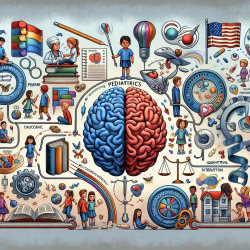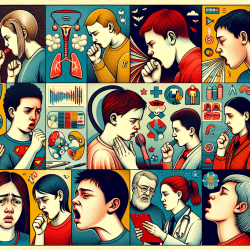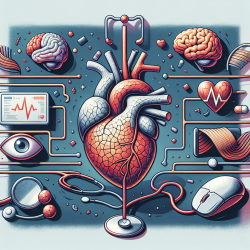Introduction
Chronic pain in children is a growing concern, affecting approximately 1.7 million children in the United States alone. Traditional pain management strategies often fall short, necessitating innovative approaches. One promising method is Pain Neuroscience Education (PNE), which has shown potential in adult populations but remains underexplored in pediatrics. This blog delves into the current state of PNE in pediatric chronic pain management, encouraging practitioners to integrate these insights into their practice and stimulate further research.
Understanding Pain Neuroscience Education
PNE involves educating patients about the biological, psychological, and social aspects of pain, aiming to shift their perceptions and improve pain management outcomes. By addressing misconceptions and providing a comprehensive understanding of pain, PNE empowers patients and their families to engage more effectively in treatment plans.
Application in Pediatrics
While PNE is well-documented in adult populations, its application in pediatrics is still emerging. The biopsychosocial model, which considers the interplay of biological, psychological, and social factors, is particularly relevant in pediatric settings. By tailoring PNE to developmental stages, practitioners can enhance understanding and engagement in young patients.
Benefits of PNE in Pediatric Pain Management
- Improved Communication: PNE provides a common language between healthcare providers and patients, facilitating better communication and understanding.
- Empowerment: Educating children and their families about pain mechanisms empowers them to take an active role in pain management.
- Reduction in Misconceptions: PNE addresses and corrects misconceptions about pain, reducing fear and anxiety associated with chronic pain.
Challenges and Opportunities
Despite its potential, implementing PNE in pediatrics faces challenges, including the need for age-appropriate materials and delivery methods. However, opportunities abound for integrating PNE into existing treatment frameworks, such as cognitive-behavioral therapy and physiotherapy, to enhance outcomes.
Encouraging Further Research
Given the promising results of PNE in adults, further research is essential to explore its efficacy in pediatric populations. Studies should focus on developing age-appropriate educational materials and evaluating the impact of PNE on pediatric pain outcomes.
Conclusion
Pain Neuroscience Education holds significant promise for improving pediatric chronic pain management. By integrating PNE into practice and encouraging further research, practitioners can enhance the quality of life for children suffering from chronic pain. To read the original research paper, please follow this Pain Neuroscience Education: State of the Art and Application in Pediatrics.










